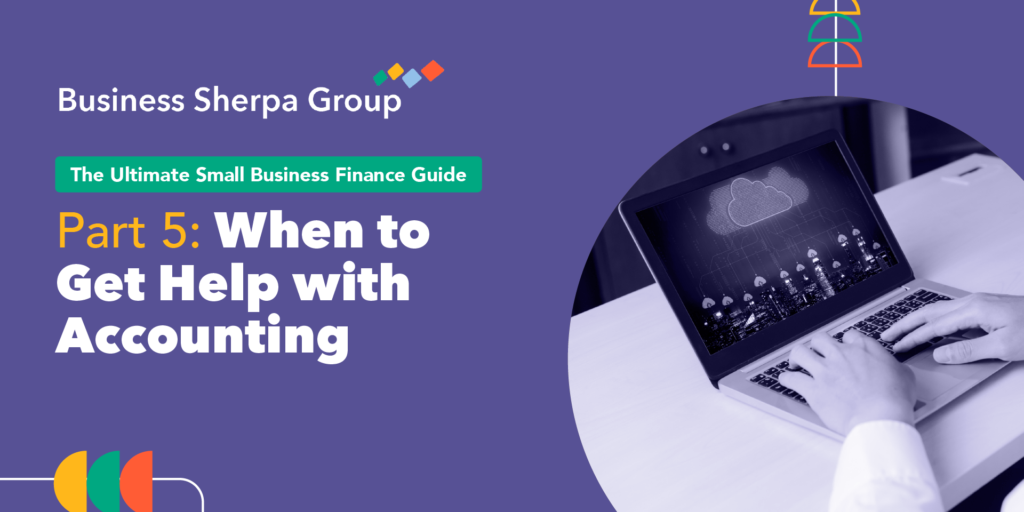How do you manage performance virtually? How can you make sure your employees are being productive? There are a few tools at your disposal in this new world of work, and we’ve outlined a few things you can do to stay on top of productivity.
How to Manage Performance Virtually?
Managing performance is a large undertaking in every organization, made even more complex when workers are remote or hybrid. Performance reviews have abandoned certain criteria, taken on new ones, and redefined what it means to be productive since the pandemic.
If your organization is working differently now, performance reviews may have felt/feel extra tricky because, well, how do you performance-manage people you haven’t laid eyes on in months?
Tips for Virtual Performance Management
Here are some suggestions of performance management practices you can do as an employer in the virtual environment:
1. Weekly Calls With Direct Reports
Weekly 1 on 1 calls with direct reports. Discuss issues, wins, concerns, how they’re holding up, etc. The point is to foster the sense of connection and belonging to a team, which can be eroded in the isolation that tends to accompany virtual work, while also keeping up to speed with their productivity.
2. Issues: Host Daily Check-Ins (Temporarily)
If the employee is being inconsistent with time management, ie. appears to be unavailable in the morning/ending work early, or is generally not being productive, you could host a 5-10 min check-in at start of day and/or end of day. This would ideally be temporary until productivity is boosted.
3. Outputs and Deliverables
Focus on outputs and deliverables vs hours of work*. If the employee is able to produce the expected level then there is no need to do more than a weekly check–in. If they are missing deadlines however, a conversation on how to address the decreased output level should occur. *This works for employees who are not shift-based. If you are a customer support employee, being online at specific time is important and this method wouldn’t apply.
4. Cloud-based Ways of Working
For project work, move to cloud-based ways of working (Google Workspace, Teams, etc.) so that you can keep a more regular eye on the type of work that’s been developed and the frequency of that work.
5. Task Lists
Alternative to daily check-ins, have your team create and share a task list at the start of the week, and review/debrief on their progress at the end of the week. There are apps that can help with this (such as Planner/Task Manager in Microsoft 365, Asana, Monday, etc.).
6. Respond to Reality
Increase or decrease the frequency of check-ins based on whether the employee is improving or falling behind (we still recommend having at least one regular, fixed check-in a week though).
Key Take Away
The overarching goals are to stay connected and maintain trust. Intention matters, and often people can sense the intention behind actions; we want to stress that leading and managing your team from a place of compassion will see the greatest benefit, both emotionally and efficiency-wise.










